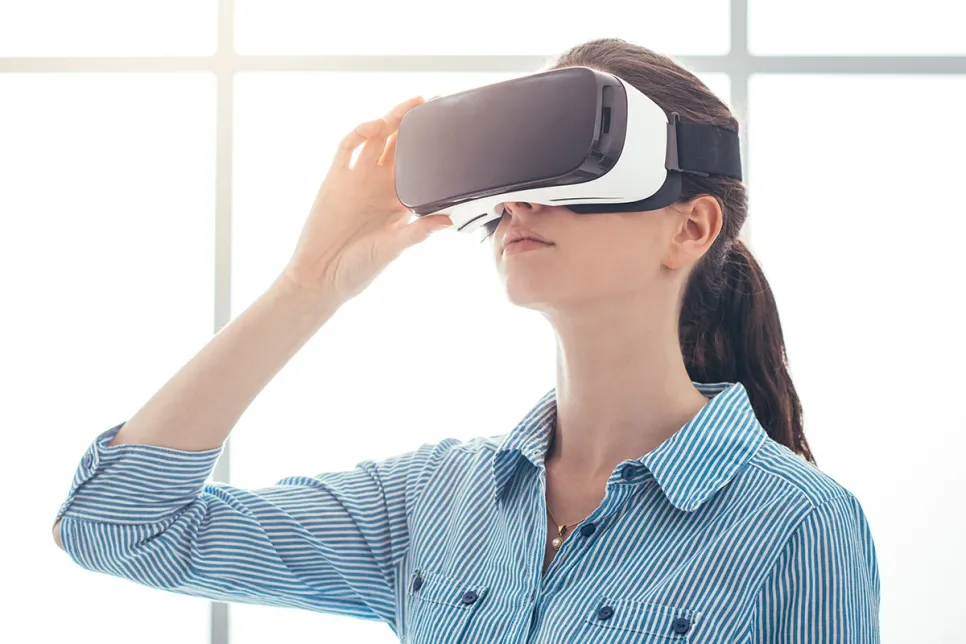Global EV Transition at Crossroads
The global electric vehicles market is entering a phase of divergence, fragmenting the global electrification transition, according to Counterpoint Research.

Worldwide shipments of AR and VR headsets are forecast to decline in the first half of 2020 due to supply chain disruptions caused by the COVID-19 outbreak, according to IDC. A year-over-year decline of 10.5% is expected in the first quarter followed by a 24.1% decline in the second.
However, assuming production ramps back up by midyear, IDC believes a rebound in the second half of 2020 will result in total shipments of nearly 7.1 million units for the year, up 23.6% from 2019. Long-term growth will be strong throughout the forecast period with shipments growing to 76.7 million units in 2024, resulting in a compound annual growth rate (CAGR) of 81.5%.
"Much of the supply chain for AR and VR headsets is shared with smartphones and PCs and many of these products are facing supply constraints as factories are operating at much lower capacity resulting in component shortages," said Jitesh Ubrani, research manager for IDC's Mobile Device Trackers. "However, the spread of the virus is having the opposite effect on demand as an increasing number of consumers and employees stay indoors and look to AR and VR solutions for ways to collaborate with colleagues and entertain themselves and their families.
"Interest in VR within the enterprise continues to ramp up as more companies use the technology to drive a wide range of training scenarios. Beyond the typical examples around training people for jobs that involve expensive equipment or dangerous situations, we're seeing a notable uptick in interest in using VR for soft skills training from line-of-business managers," said Tom Mainelli, group vice president, Consumer and Devices Research at IDC. "And on the AR side of things, more industry verticals are looking to leverage the technology to help address challenges in knowledge capture and transfer as a growing percentage of key employees begin to age out of the workforce.